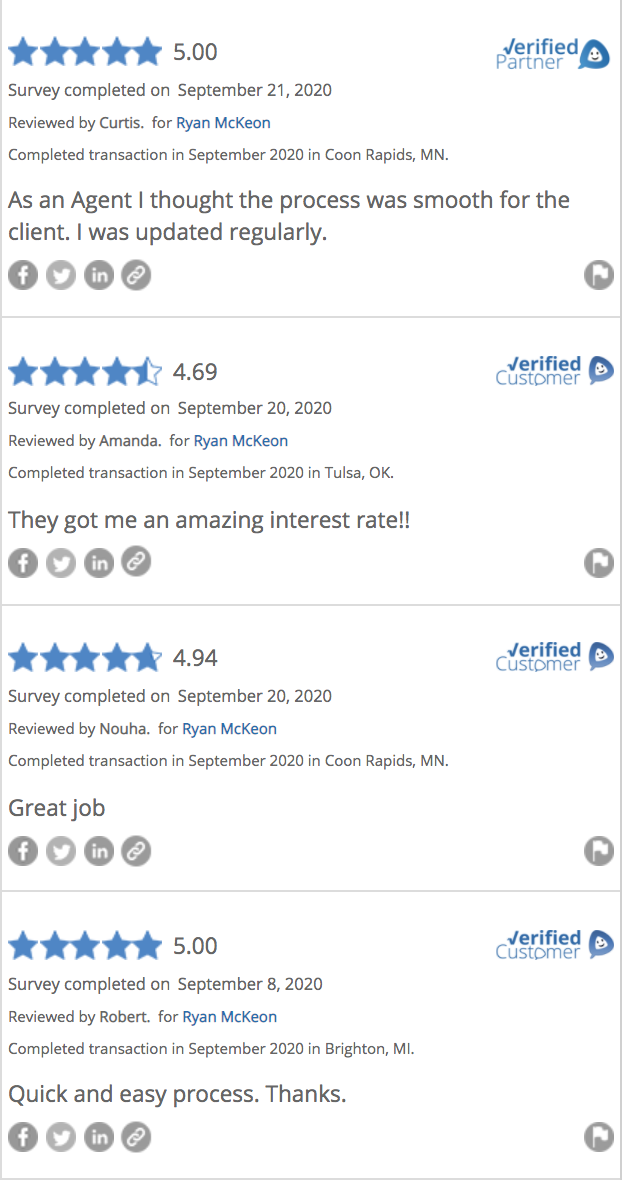According to energy experts, roughly 35 percent of heating and cooling is lost through your roof. Even more can escape through the walls, windows, doors, and from air leaks. Make your home energy-efficient with the basics, and the most important is the proper sealing of air leaks and insulating sufficiently for the weather in your area. Heating and cooling bills can be cut by up to 20 percent with those steps. Let’s take a look at six energy improvement projects you can do to help lower your bills.
Get audited
If you see no change in your energy bills after you have spent money on windows or on a heating, ventilation and air-conditioning system, you should get an energy audit. A thorough audit will test the integrity of the building using thermographic imaging and air-leakage testers on windows, floors, doors, skylights, and walls. The findings will indicate which areas waste the most energy and help determine how to reduce costs. Check with your utility company—some offer free audits, though they usually aren’t as thorough as audits performed by private companies, which charge around $400. Choose carefully with a Better Business Bureau search and online user reviews.
Insulation
Fiberglass insulation rarely needs replacing, unless it’s thoroughly water-damaged. Fluff out places you notice have been compressed because fiberglass insulation needs trapped air to be effective.
Adding extra insulation is always beneficial. If yours is less than 9 inches thick (R 30), adding another layer could deliver significant extra savings. However, any thickness beyond 16 inches (R 50), except for those living far north in America, is unnecessary.
With a little how-to research, installation is relatively easy, but be sure to wear a mask and gloves—and don’t cover any vents. Fiberglass insulation can range from 50 cents to $1 per square foot, but the blown-in variety can cost nearly double that.
Drafts
The professional term for drafts is “air infiltration,” so don’t let the term confuse or scare you. A good method to detect air infiltration, after turning off all fans, heating and air conditioning, is to hold a lighted candle a few inches from doors, baseboards, window frames, pipes, and vents. If the candle flickers or is blown out, sealing is needed.
You can add weather stripping under gaps in doors, and caulk to seal gaps in walls and windows. Your vents might be the wrong size, if there are drafts around them. You can have them replaced or add foam insulation around them.
In winter, open your curtains and let the sunlight in during the day to make use of solar heat. Window shades and curtains should be kept open during the day. Use heavier drapes over windows in winter. Closing your curtains at sunset will maximize heat retention, so this acts as another layer of insulation to keep warmth within your rooms.
Thermostat
Costing from about $25 – 120, a programmable thermostat adjusts temperatures automatically, and can save as much as $200 a year, according to Energy Star. That’s a quick return on investment.
Varying from $275 to $400, Smart thermostats are pricier but allow setting changes remotely anywhere you have internet access. They’re handy for when your schedule fluctuates or if you tend to entertain clients, family members, and other guests at home on an impromptu basis.
Some models have monitoring systems to track energy use around the house, so you can make adjustments when and where needed. Check the apps that allow you to dim lights and control thermostats, power strips and other connected devices from your phone to see if they provide this information.
Energy Waste
When an electrical device is idle or in standby mode, power is still being consumed. This is also called vampire or phantom power and can account for as much as 10 percent of the average home’s electricity use. That means these can use up a majority of your energy budget.
Most computers, video game consoles, and other gizmos with standby connections have settings that you can adjust to power-saving mode. Older power strips and adapters, especially those warm to the touch, without standby current should be replaced.
Landscaping
It’s up to homeowners to position clusters of trees to shade windows and rooftops in summer. These natural insulators can reduce the air temperature surrounding homes by as much as 9 degrees. Strategically planted trees can overshadow home energy waste. Deciduous trees—which provide shade in summer, then shed their leaves to admit sunlight in winter—are the best choice in most cases. The U.S. Department of Energy says that such energy-efficient landscaping provides a return on investment in about eight years.
Additionally, shading your outdoor air-conditioning unit can increase its efficiency by 10 percent. Just be sure it’s not so close that it inhibits proper airflow in and around the unit.
Conclusion
There are options in every room of your home where you can lower your electricity usage. Try walking through every room to determine how you can save energy. The average US household spends more than $2,000 per year on home energy. Doing your part to reduce energy usage will help reduce your monthly bills.




